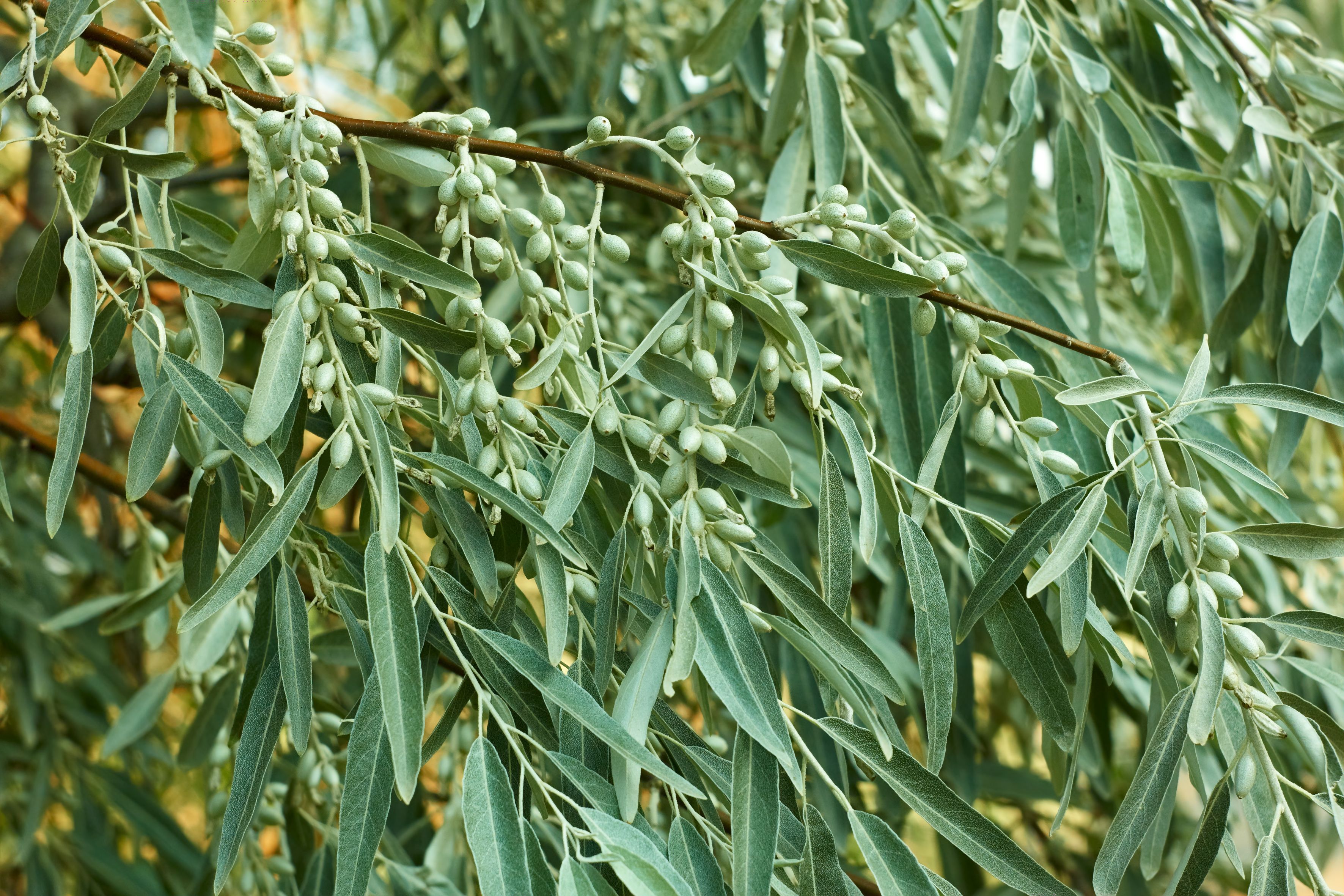Efficacy of shrub capsule vs. sildenafil citrate to treat HSDD
A regimen of an Elaeagnus angustifolia flower capsule or a sildenafil citrate tablet both significantly reduced the frequency of HSDD, according to a recently published study.
©Volodymyr Chaban - stock.adobe.com

A regimen of an Elaeagnus angustifolia flower capsule or a sildenafil citrate tablet both significantly reduced the frequency of hypoactive sexual desire disorder (HSDD), according to an Iranian study in the Journal of Family Medicine and Primary Care. Elaeagnus angustifolia is a tree or shrub native to Europe and Asia.
The randomized clinical trial consisted of 125 women with HSDD, aged 18 to 40 (mean age 32.67), who in 2013 were referred to select health centers affiliated with Shiraz University of Medical Sciences. Mean age of husbands was 37.7 and mean length of marriage was 21.59 years.
Patients were divided equally into one of three treatment groups: Elaeagnus angustifolia, sildenafil citrate and control (placebo). The first intervention group consumed 4.5 g Elaeagnus angustifolia in two divided doses (two capsules every 12 hours) for 35 days, while the second treatment group took 50 mg sildenafil citrate tablets for 4 weeks. The control group consumed placebo for 35 days (2 tablets every 12 hours).
All study participants were instructed to take their medications 1 hour before sexual relationships and to continue use during menstrual cycles. Subjects were followed up twice a week through short message service (SMS) and weekly via phone.
After completing the intervention, the women filled out the Female Sexual Function Index (FSFI). Levels of thyroid-stimulating hormone (TSH) and prolactin were also measured prior to treatment to exclude thyroid and prolactin disorders that are secondary causes of sexual dysfunction.
After intervention, the frequency of HSDD decreased from 53.7% to 19.5% in the Elaeagnus angustifolia group (P= 0.001) and from 50% to 33.3% in the sildenafil citrate group (P= 0.039). The control group had a decline in HSDD from 66.7% to 52.4% (P= 0.109). Overall, the Elaeagnus angustifolia and sildenafil citrate groups achieved a 63.3% and 33.33% reduction, respectively, in HSDD compared to before intervention.
The fruit, gum and leaves of the Elaeagnus angustifolia are often used in Iranian traditional medicine, for which the plant appears to have analgesic and anti-inflammatory properties for treating arthritis. The Elaeagnus angustifolia flower is a herbal medication that is hot and dry, aromatic and can stimulate sexuality, especially in young girls and women, according to specialists in traditional medicine. Nitric oxide (NO) is one of the compounds derived from the Elaeagnus angustifolia flower, for which NO increased production in many herbal medications has been shown to improve sexual dysfunction.
“To date, Elaeagnus angustifolia has been confirmed to contain several flavonoids, including some flavones such as chrysin, which have a slight antagonist effect on benzodiazepines receptors,” the study authors wrote. “These agents might also be the reason for muscle relaxation activities.”
In addition, flavonoids in Elaeagnus angustifolia exist in other plants and can lead to endothelium-dependent relaxation of human arteries. On the other hand, sildenafil citrate is a phosphodiesterase-5 (PDE5) inhibitor which increases NO production through cyclic guanosine monophosphate (cGMP) catabolism.
“This will eventually lead to relaxation of smooth muscles, particularly in arteries, veins, capillaries, and the clitoris tissue,” the authors wrote. However, they said further clinical studies are needed to access the effectiveness of Elaeagnus angustifolia and sildenafil citrate for HSDD.
